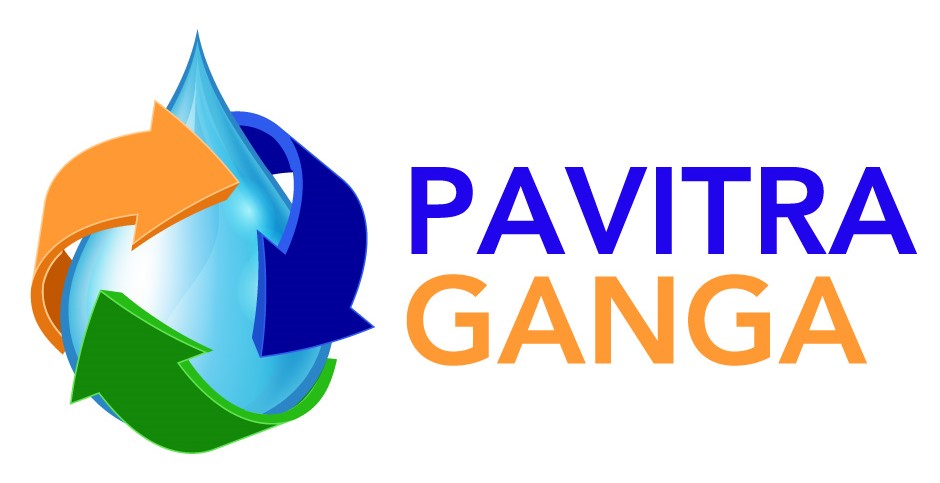The granular activated carbon serves as a sorbent particularly of recalcitrant compounds such as trace organic compounds and supports growth of specialised bacteria to improve their biodegradation. Sorbents particularly suitable for heavy metal removal (HM) are e.g. zeolites.
CaCO3 will further be added to control the pH and minimize remobilization of HMs. The vertical flow constructed wetland will be composed of several layers consisting of gravel, sand, and sorbents planted with local vegetation such as Cana indica.
The removal rates of modified wetlands and soil filters in polishing applications are particularly high for micro pollutants ranging e.g. around 65% for diclofenac and 80% for ibuprofen. Heavy metal removal ranges between 70 to 80%. Residual ammonia can be oxidised and reduces the oxygen depletion potential of the final effluent.
Test results and evaluation
Wastewater treatment and reuse
Lab-scale water treatment experiments were conducted at various institutions, to test the use of adsorbents (GAC and zeolites) and to assess their ability to remove heavy metals and dissolved organic carbon from synthetic wastewater. Batch tests indicated good removal rates for certain heavy metals (like Fe and Cr), while column tests showed variable removal rates for different contaminants over time. Overall, activated carbon performed better than zeolites. Rapid Small-Scale Column Tests (RSSCT) were used to predict breakthrough behaviour of pollutants more quickly and with less water volume. The column tests caused precipitation and clogging issues due to the enrichment of wastewater with heavy metals. Building upon the progress made thus far, further investigation will focus on optimizing the RSSCT tests. This includes refining parameters such as particle sizes and flow regime. The analysis of trace organic compounds is also included in future research.
For more details, consult Deliverable Report D3.2.
Resource Recovery
The project's goal was to create a wastewater reuse system with resource recovery in urban and peri-urban areas of India. In this context, batch tests were conducted to examine the remobilization of heavy metals (Cr, Cu, Fe, Pb, and Zn) previously adsorbed. These tests involved varying pH levels (ranging from 3 to 8) and different NaCl concentrations (10 mg/L, 50 mg/L, and 100 mg/L).
Samples were collected after 1 day and 1 week to assess the impact of contact time. The findings suggest that desorption primarily occurs for Cu and Zn at a pH of 3, to a lesser extent at pH 5, while Fe and Pb do not desorb at any pH level. Desorption takes place relatively quickly, typically within one day of pH adjustment, with minimal additional desorption after one week.
To observe desorption effects, the NaCl concentration needs to be at least 50 mg/L. Combining different methods, such as a hybrid treatment approach using various alkali ions and acidic conditions, appears to be more effective for achieving desorption and resource recovery.
While the pilot at Jajmau Sewage Treatment Plant (STP) was not fully operational until January 2023, and the adsorbents were not depleted sufficiently for exchange, regenerating them for recovering desorbed heavy metals could be considered as a research line moving forwards. Another research approach is the recovery of ammonium sorbed on the used zeolites.
